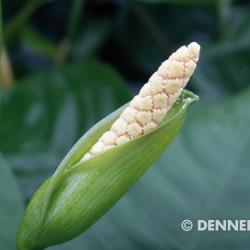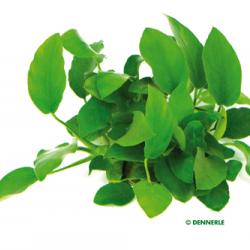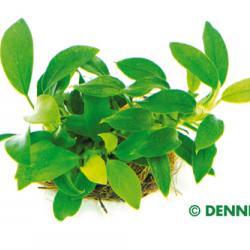Einfach

Anubias nana Pangolino In-Vitro
 Lighting
Lighting
 Color
Color
 Position
Position
 22 - 28 °C
Temperature
22 - 28 °C
Temperature
 CO2
CO2
 2 cm / langsam
Growth
2 cm / langsam
Growth
Family:
Araceae
Species:
Anubias
Type:
Rhizompflanze
Anubias nana ‚Pangolino‘ is probably the smallest Anubias in the world! We discovered this mini plant in our stocks of Anubias nana ‚Bonsai‘. A stable stock was developed by means of selection for further culture in the plant laboratory. It grows extremely slowly and takes several months for multiple new leaves to form. This rarity is a fantastic feature for nano aquaria and for delicate layouts in aquascaping in particular.














